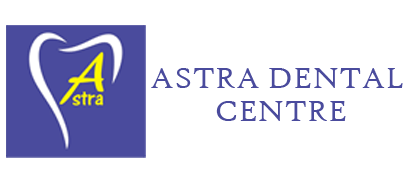Impacted Canines
Canines are prone to becoming impacted because they are among the last teeth to erupt. They may become impacted if there is overcrowding by earlier teeth. Some people have extra teeth, and these teeth may directly block the canines and cause them to become impacted, or contribute to overcrowding.
Impacted canine teeth must be approached differently than impacted wisdom teeth. Impacted wisdom teeth are typically extracted, because they are not considered functional. Canines, on the other hand, are important for biting, maintaining alignment of the rest of the teeth, and for the overall appearance of the smile. Impacted canines are guided into place rather than extracted when possible.
Surgery to treat impacted canines may involve extraction of other teeth to create space for the canine to properly erupt. The canine can then be guided into place using a special bracket.
In children, orthodontic appliance may be fitted to create space in the dental arch for the canine to erupt. The canines erupt between ages 10-13. As part of orthodontic examinations beginning at age 7, a child’s dentist will document the number of teeth and monitor their growth and alignment to determine if treatment will be required to prevent impacted canines.

